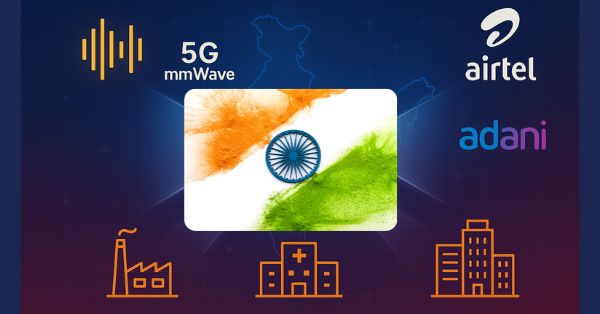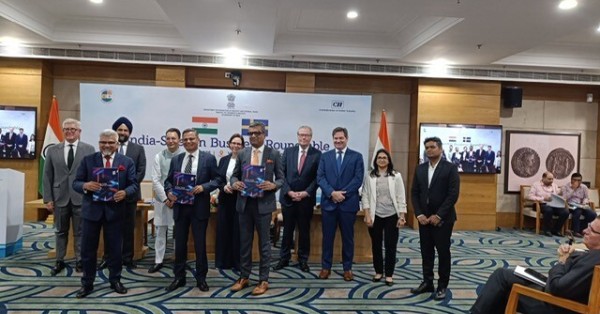- Tech News & Insight
- June 27, 2025
- Hema Kadia
Private LTE and 5G networks are transforming how utilities operate by enabling a wide range of mission-critical and emerging applications. From AMI and substation automation to drone inspections and edge AI, this post outlines 12 strategic use cases that demonstrate why utilities are investing in private cellular infrastructure to improve safety, performance, and operational agility across the grid.



























